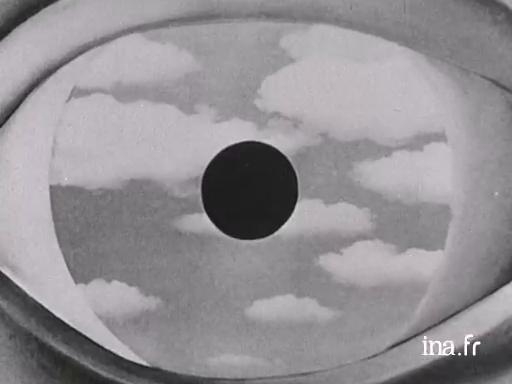René Magritte

Information
Portrait and interview of René Magritte on the surrealist movement, his artistic approach, and his own trajectory which the journalist compares to that of poets. Images of numerous works by the artist.
Context
Populated by models and men in bowler hats, the work of Rene Magritte (Lessines, 1898 - Brussels, 1967), is a mistaken realism playing on representation, manipulating mystery, poetry and the absurd. Son of a modest tailor couple, his mother committed suicide when he was 13 years old. He painted his first canvas three years later before taking lessons at the fine arts in Brussels.
First influenced by Cubism and futurism, he was soon attracted by the collages of Marx Ernst and had a revelation withThe Love Song by De Chirico. An advertising illustrator through necessity, Magritte participated in the Dadaist reviews to impose himself in 1926 as the leader of Belgian surrealists. With his wife Georgette Berger, childhood sweetheart and companion for life, he went to Paris where he lived for three years, joining the Breton group, meeting Dali, Paul and Gala Eluard. But his relations with the French surrealists, as with the communist party would prove to be chaotic.
The split was consummated at the end of the war, Breton resenting his incursion into neo-impressionism, his "Renoir period" as he mockingly called it. Perhaps as a response, Magritte parodied fauvist paintings in 1948, his "cow period", as he named it. This didn't harm his success, his works with often jarring humour were exposed in Brussels and New York where they had a certain influence on Pop Art.














